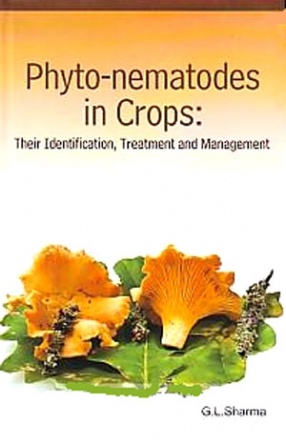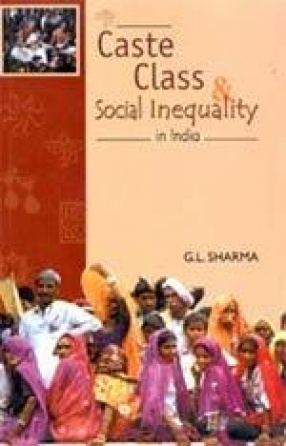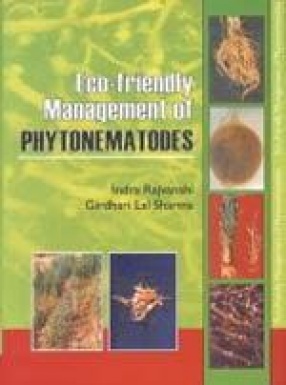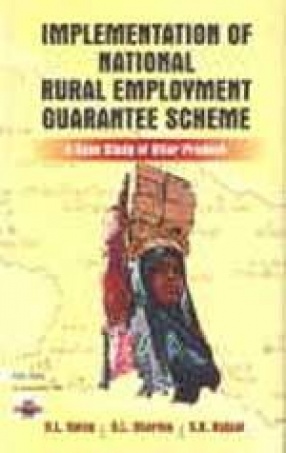
Showing all 5 books


This book deals with total 11 chapters of which, some are related to the thrusts caused by the phytonematodes and their managements in cereals, forage, pulses, seed spices, horticultural and plantation crops. In some of these, the protective cultivation and interaction between nematode and phytopathogens have also been dealt. Coverage of this book is with recent literature pertinent to the related topics and their compilation also made by subject learned ...

Phytonematodes being tiny and hidden enemies of various crops (field, plantation, horticultural and floricultural), cause moderate to severe crop losses and disturb the economy of cultivators. Among these crops, the monocropping cultivation has manifold increased the populations of these phytonematodes in soil, resulting in the increase of crop losses. Till date, the research work to evolve various phytonematode management strategies has been made, viz., ...

The origin of caste system is a chronological history. The mutual assimilation of Aryas and Anaryas of Vedic age resulted in the creation of four varnas--the Brahmins, the Kshatriya, the Vaisya and the Sudra. From these grew numerous castes and these castes were began to be treated as lower or higher and touchable or untouchable, etc., according to the karmas. Subsequently in the later periods instead of karma, the birth became the basis of caste determination. ...

The phytonematodes used to cause severe losses in the field crops. Its average limit was scaled up to 12.3% on world production basis. Since last 50 years, the use of chemicals (Nematicides) was considered to be a promising strategy of nematode management. But due to its marked disadvantages like prohibitive cost, pollution hazards and unsafety for the human life, the use of eco-friendly management of phytonematodes was considered to be a potential, economic and ...

